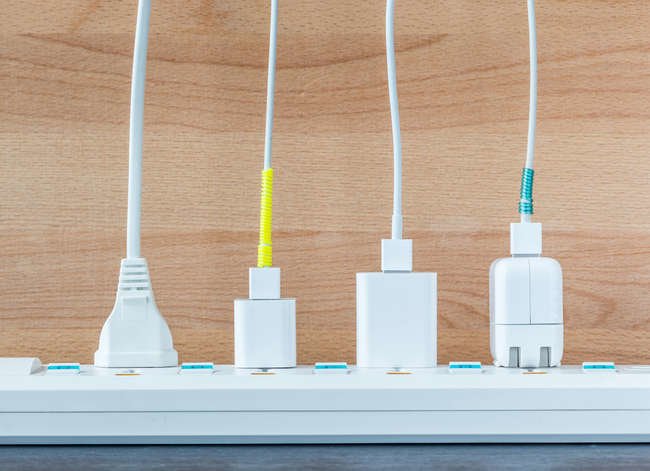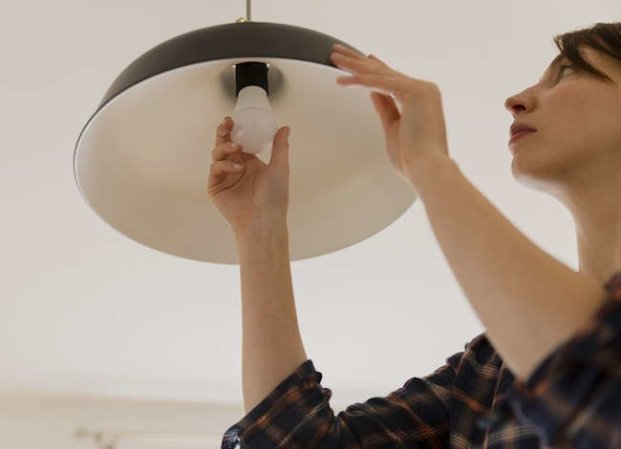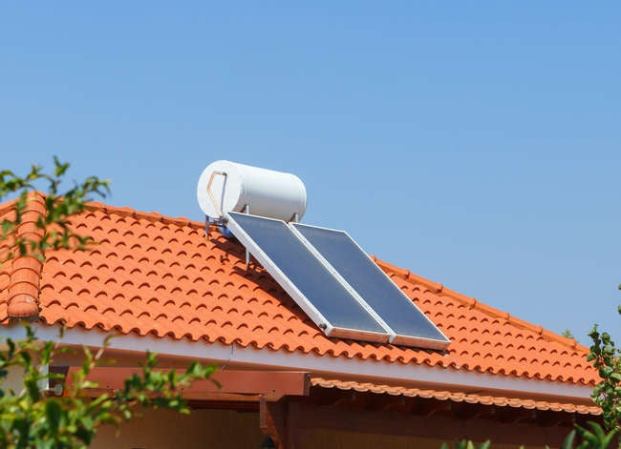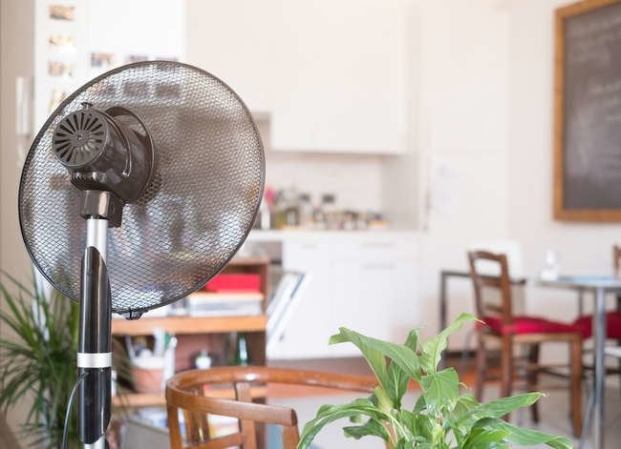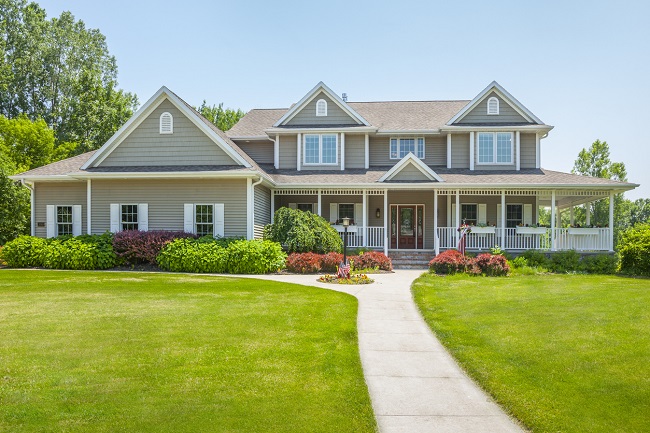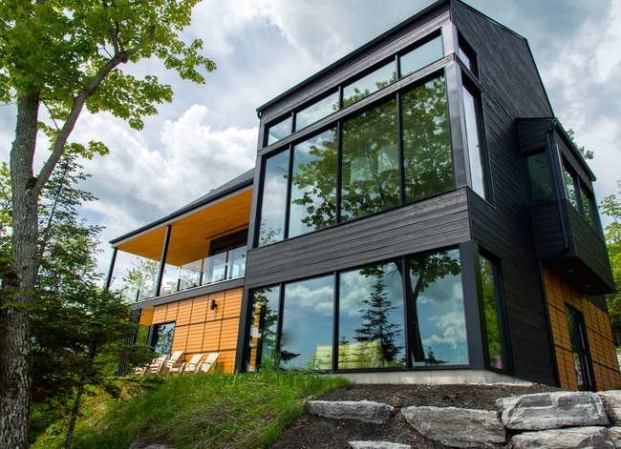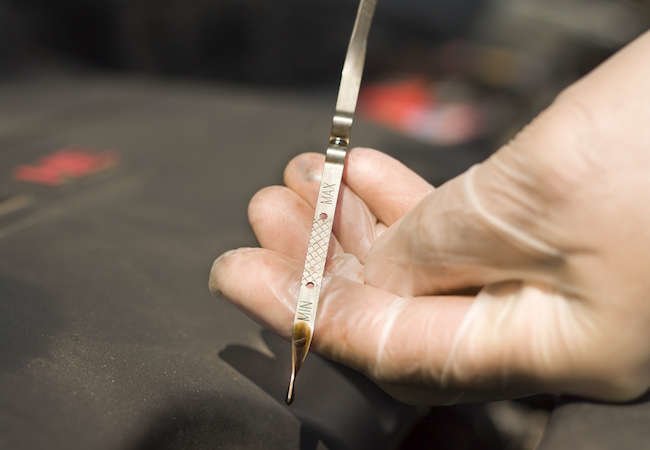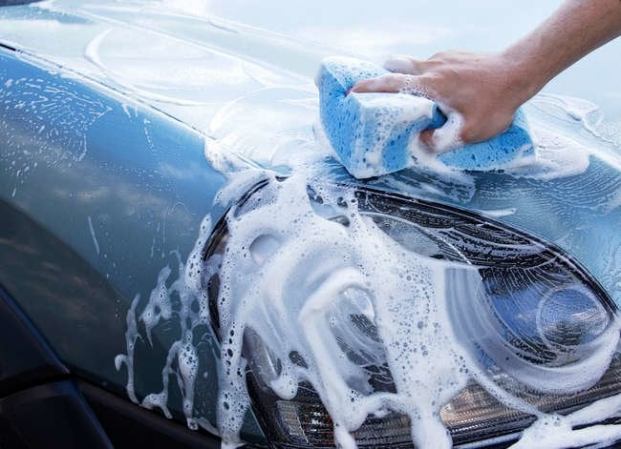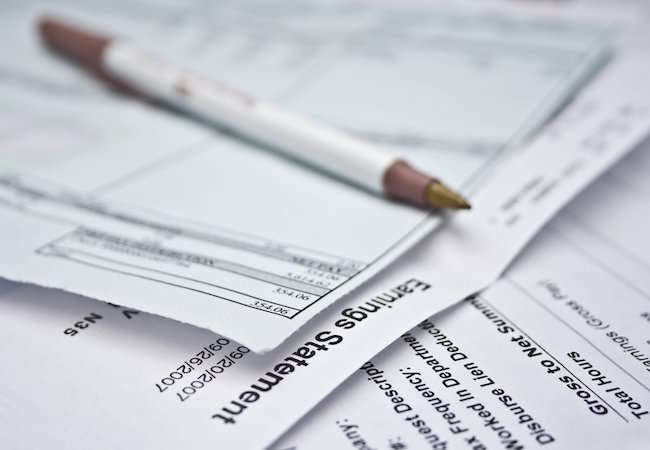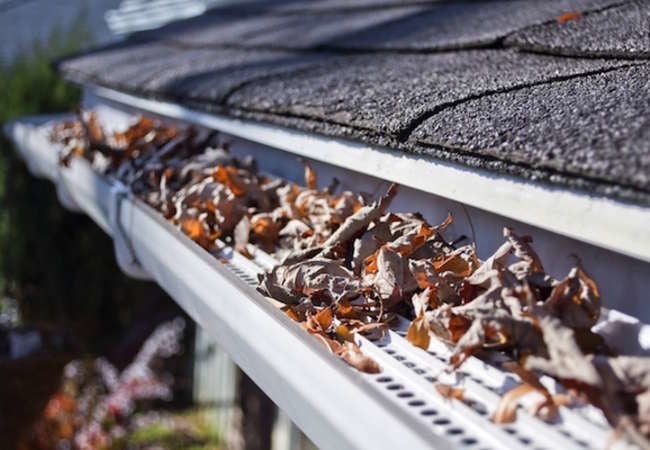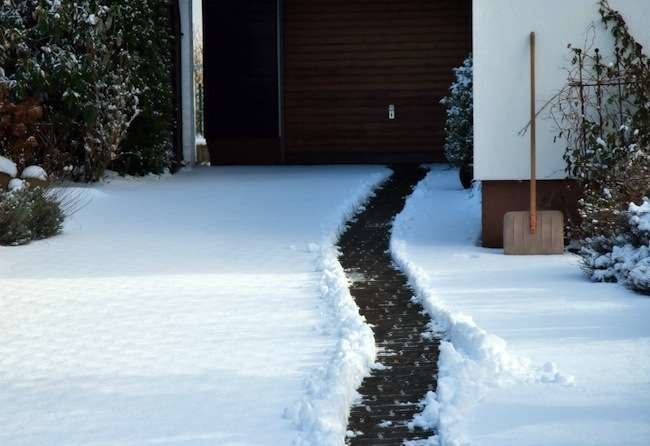We may earn revenue from the products available on this page and participate in affiliate programs. Learn More ›
Catering to Vampires
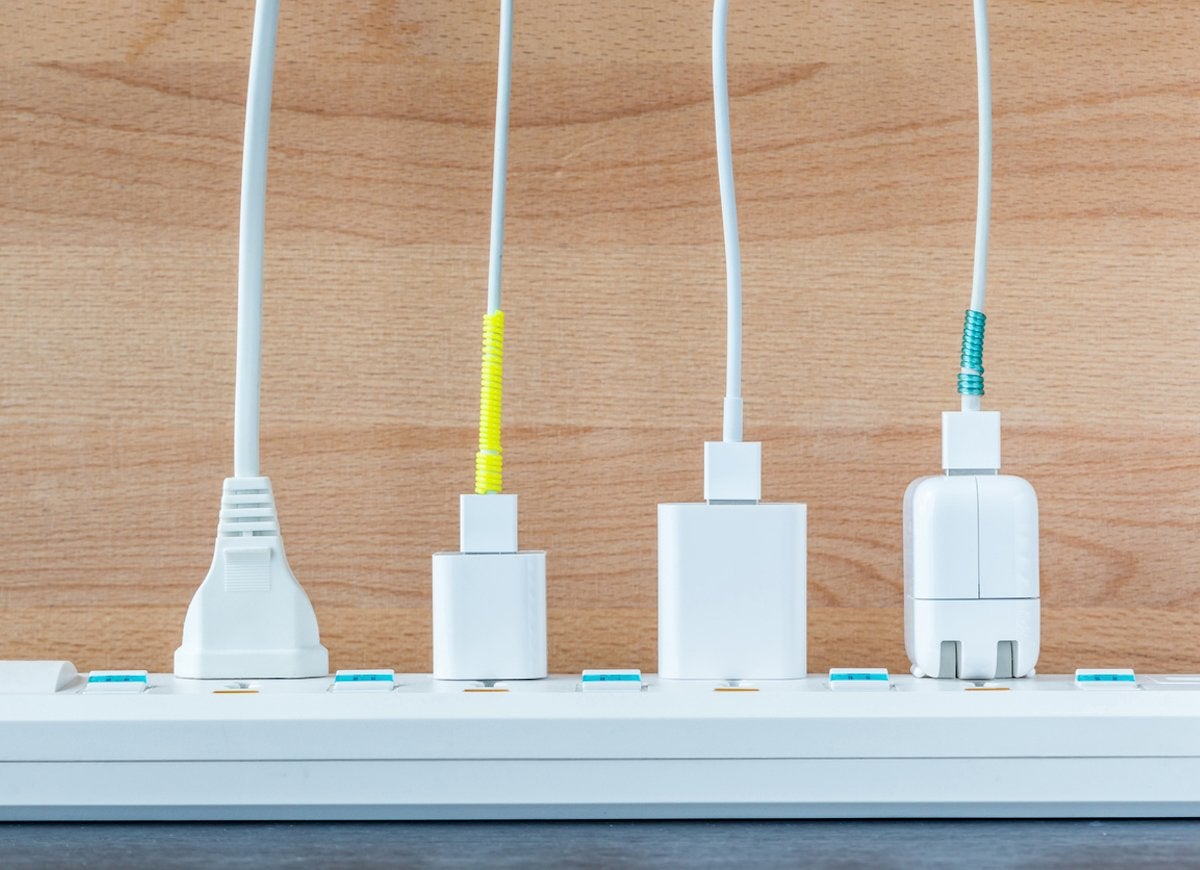
All those electronic gizmos that make modern life so convenient have a downside: They quietly suck energy even when not in use. Indeed, these so-called “vampire” or “ghost loads”—reflected in every small, unblinking red or blue light on your home electronics—may account for up to 10 percent of total energy use in a typical household. The most common culprits include cordless telephones, answering machines, computers, printers, televisions, and cable boxes. Turn them off or unplug them when not in use to save precious energy—and dollars.
Filthy Filters, Part One
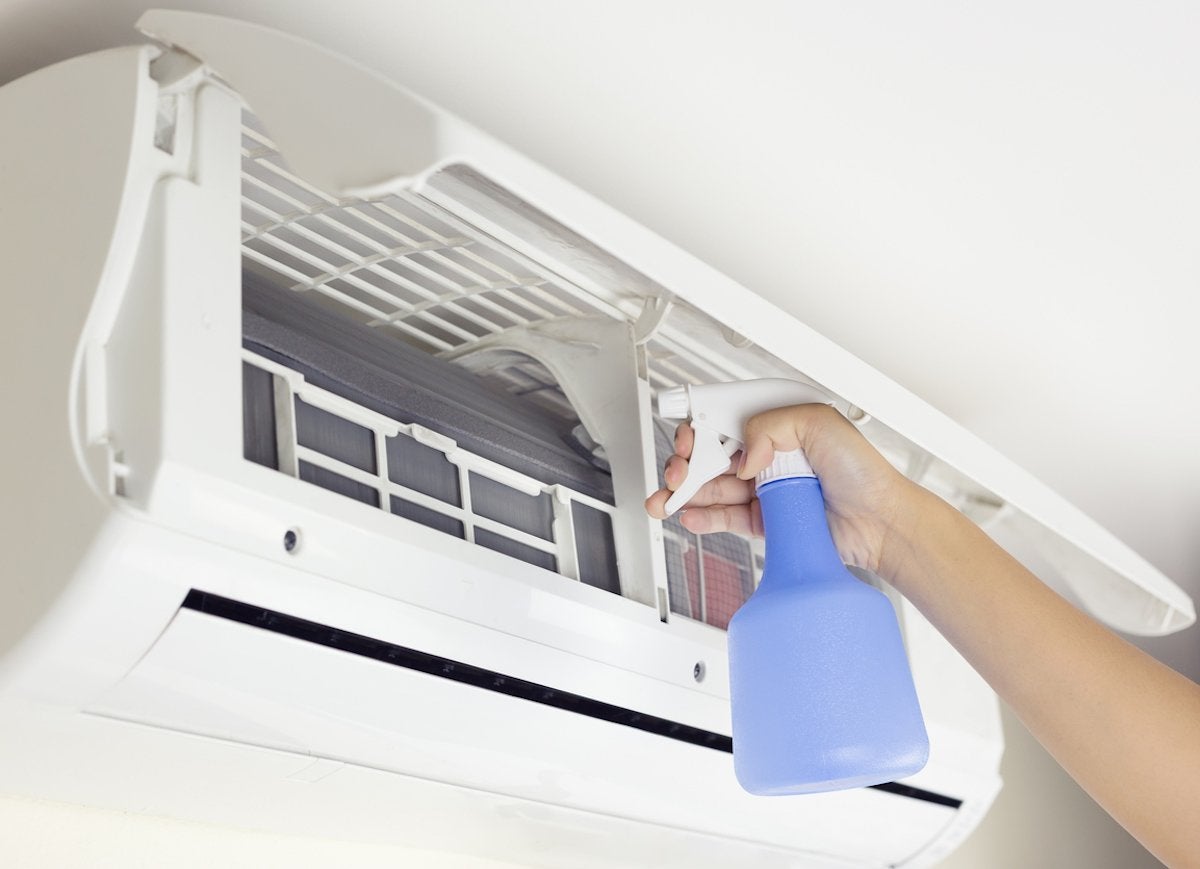
A dirty air conditioner filter forces the unit to work harder, which could increase total energy consumption by 5 to 15 percent. Clean or replace air filters every month during cooling seasons to keep your air conditioner running at peak energy efficiency. And while you’re cleaning the filters, take a look at the coils, and vacuum and clean these parts as necessary to keep your unit humming along.
Related: 8 Surprising Things You Never Knew You Can Vacuum
Filthy Filters, Part Two
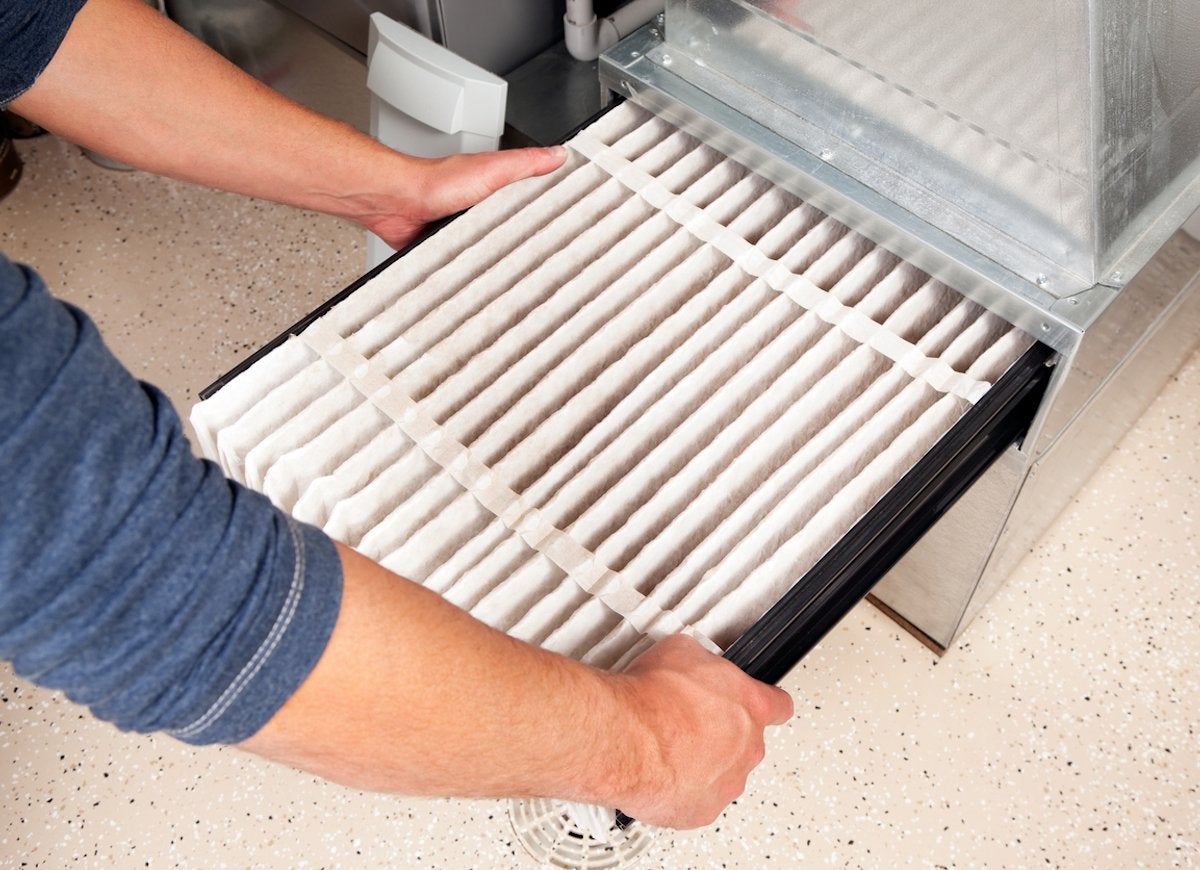
Dirty, clogged furnace filters make your heating system less energy efficient and negatively impact indoor air quality. Also, dirty air filters are the number one cause of HVAC system failures, because they restrict the flow of air into the furnace’s air handler, putting a strain on the entire system. Clean or replace furnace filters at least once a month to keep your heating system running efficiently. While you’re at it, dust or vacuum the vents, returns, registers, and ducts as needed to help lighten the load on your furnace.
Not Enough Insulation
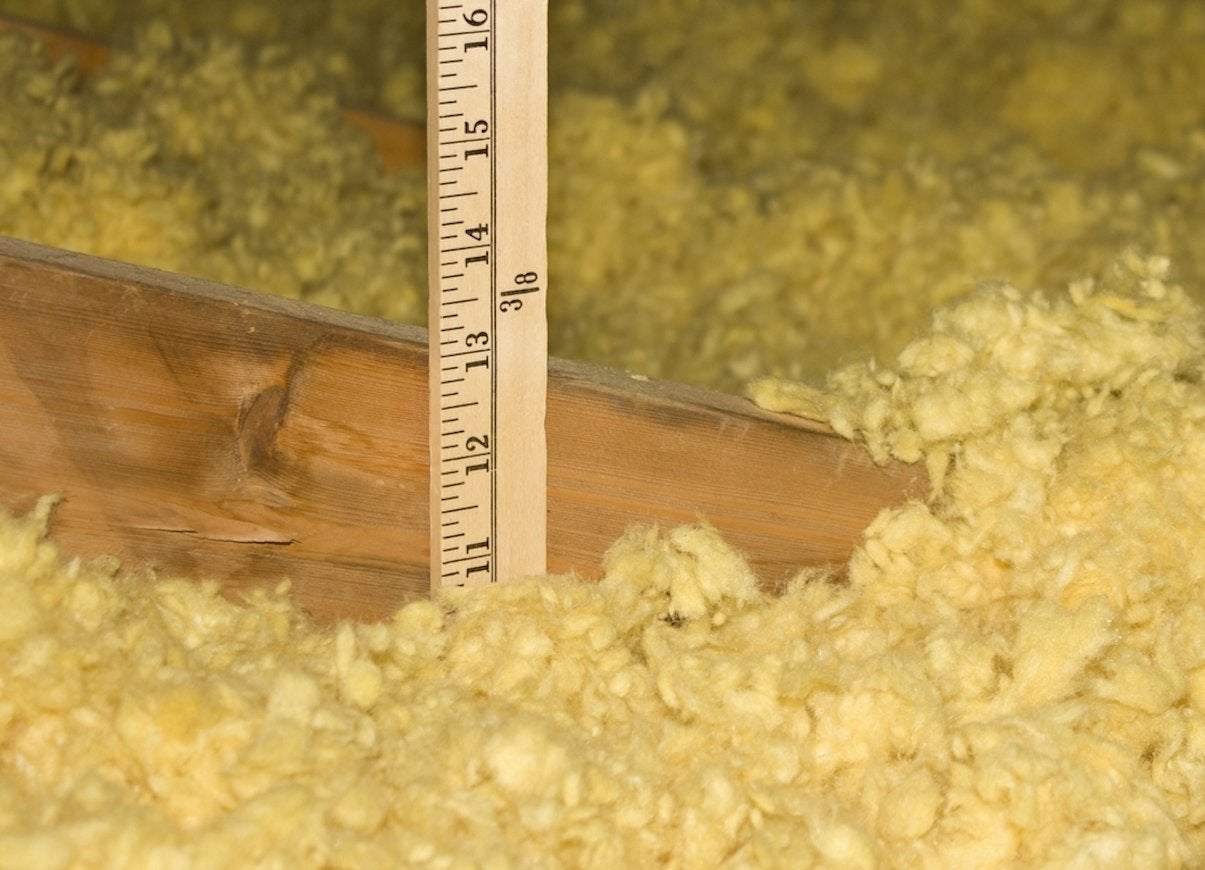
There’s a reason your mother always told you to wear a hat—you can lose up to half of your body heat if your head is uncovered. The same concept applies to your house: Just as you would cover your head before venturing outside in the winter, you should make sure you have enough insulation in your attic to avoid losing costly heat. According to the Energy Star website, you should have at least 10 to 14 inches of insulation in the attic, or enough so that you don’t see the joists.
Related: The Pros and Cons of Today’s Most Popular Insulation
Old Water Heater

Water heaters account for 17 percent of all residential energy usage and represent the second-largest source of home energy consumption. According to the U.S. Department of Energy, more than 41 million water heaters in service today are at least 10 years old. Replacing those older heaters with Energy Star-certified models would translate to a cost savings of nearly $10 billion each year.
Related: 8 Appliances That Cost You a Fortune in Energy Bills
Leaky Doors and Windows
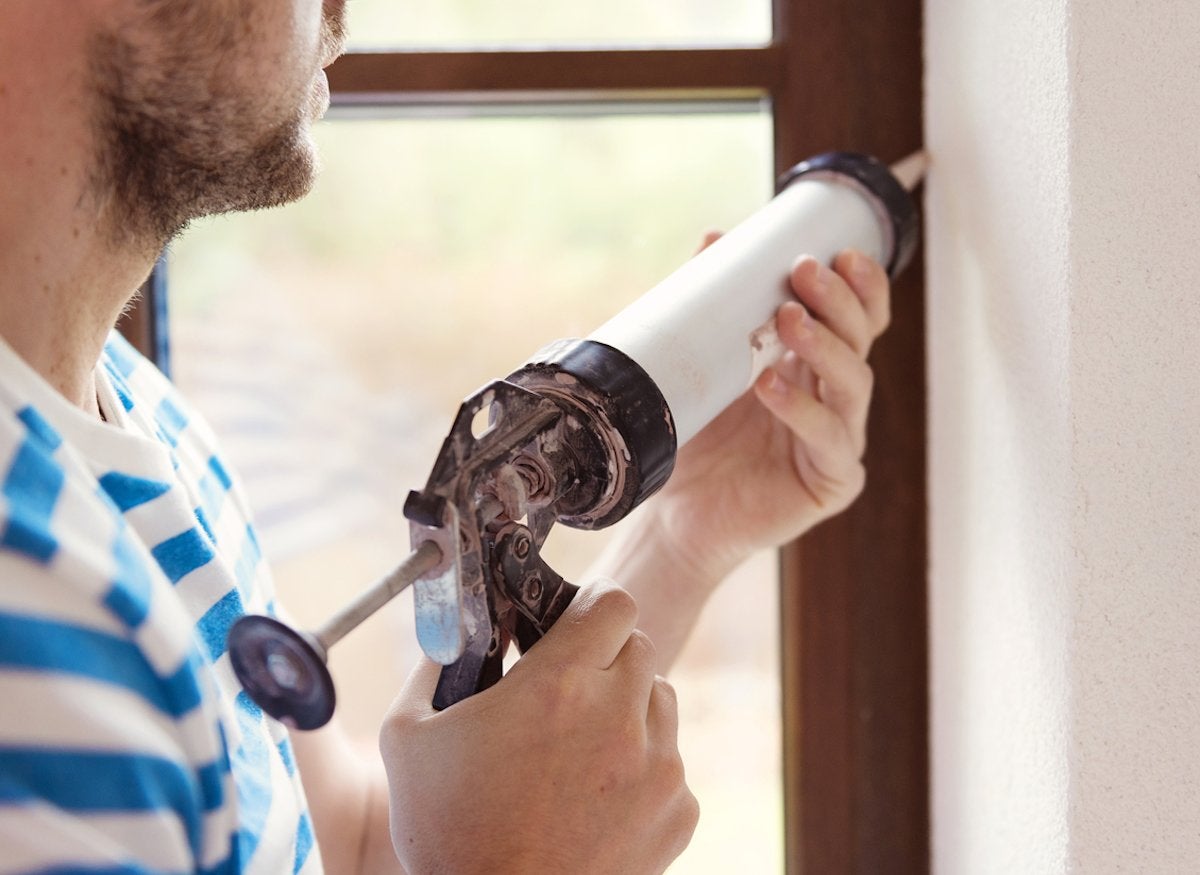
Small cracks or gaps around windows, doors, vents, or ductwork can add up to large amounts of wasted energy. Check your windows, doors, and walls every year for air leaks (you can use a lighted candle to check for drafts), and seal the leaks with caulk or weatherstripping to reduce heating costs by up to 10 percent.
Related: 10 Problems You Can Solve with Caulk
Inefficient Light Bulbs
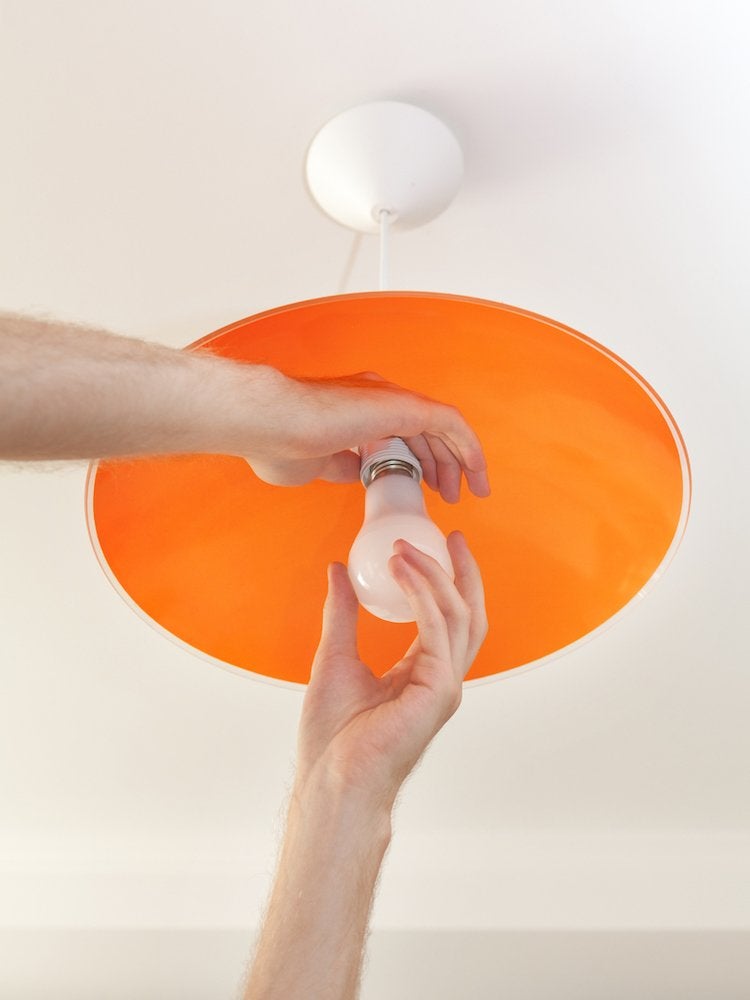
Light bulbs may seem inconsequential, but wasted energy from inefficient incandescents can really add up over time. Energy Star-qualified bulbs and fixtures use between 70 to 90 percent less energy than standard bulbs and last 10 to 25 times longer. And when the holidays roll around, decorate with LED string lights—they use 90 percent less energy than traditional incandescent displays.
Lacking a Storm Door
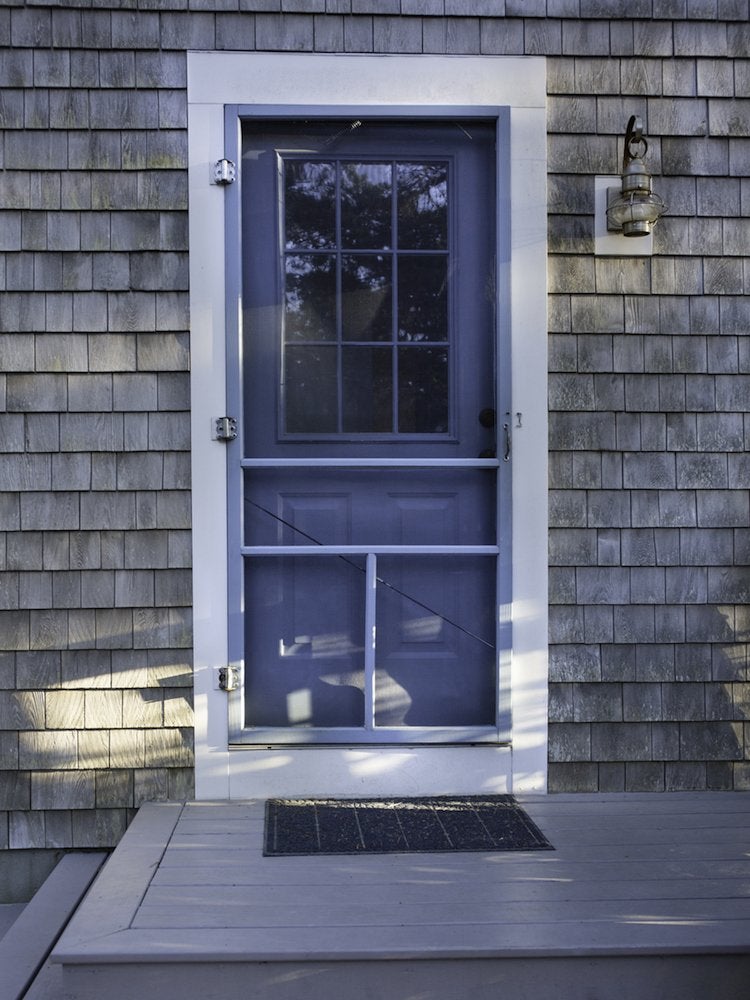
If you feel a draft coming in from the front or back door, your home could benefit from a storm door, an upgrade that’s great for both temperature control and energy conservation. A storm door can increase your home’s energy efficiency by up to 45 percent. For another door-related energy tip: If you have an attached garage, make sure to keep the garage door closed to avoid drafts and wasted cooled or heated air.
Related: 9 Energy-Saving Home Upgrades That Pay for Themselves
Not Making the Most of a Fan
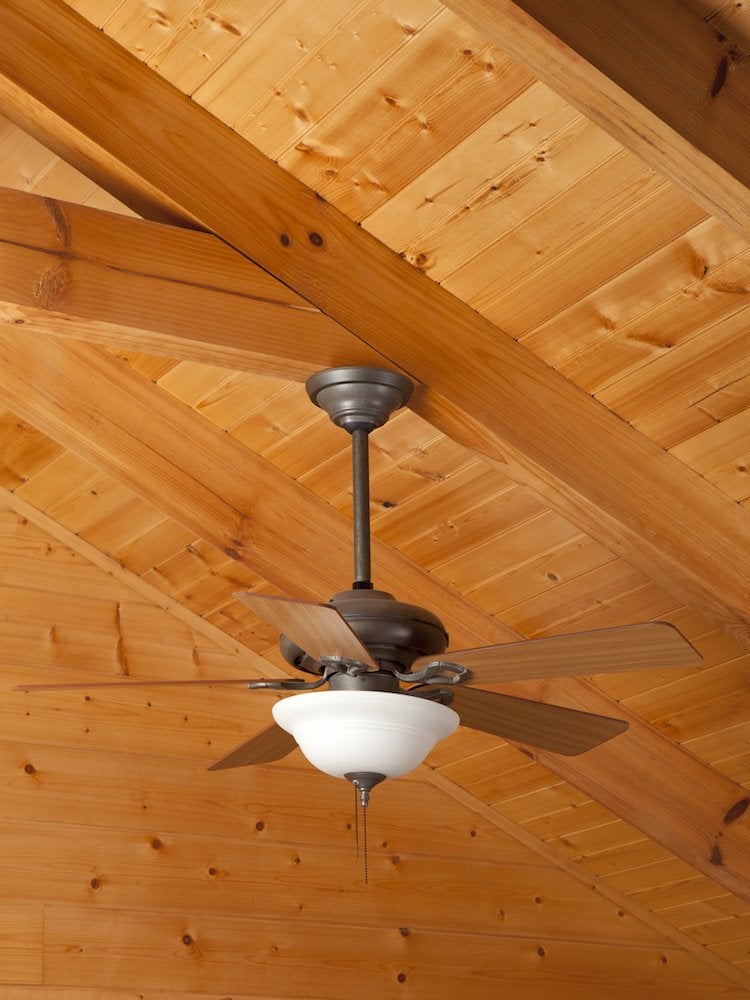
Ceiling fans can help distribute air in a room, cutting down on cooling costs in the summer and heating costs in the winter. But to achieve the desired effect, you need to make sure you are using your fans properly: Run ceiling fans counterclockwise during the summer to push air downward; run them clockwise in winter to force warm air down and through the room.
Old Fridge
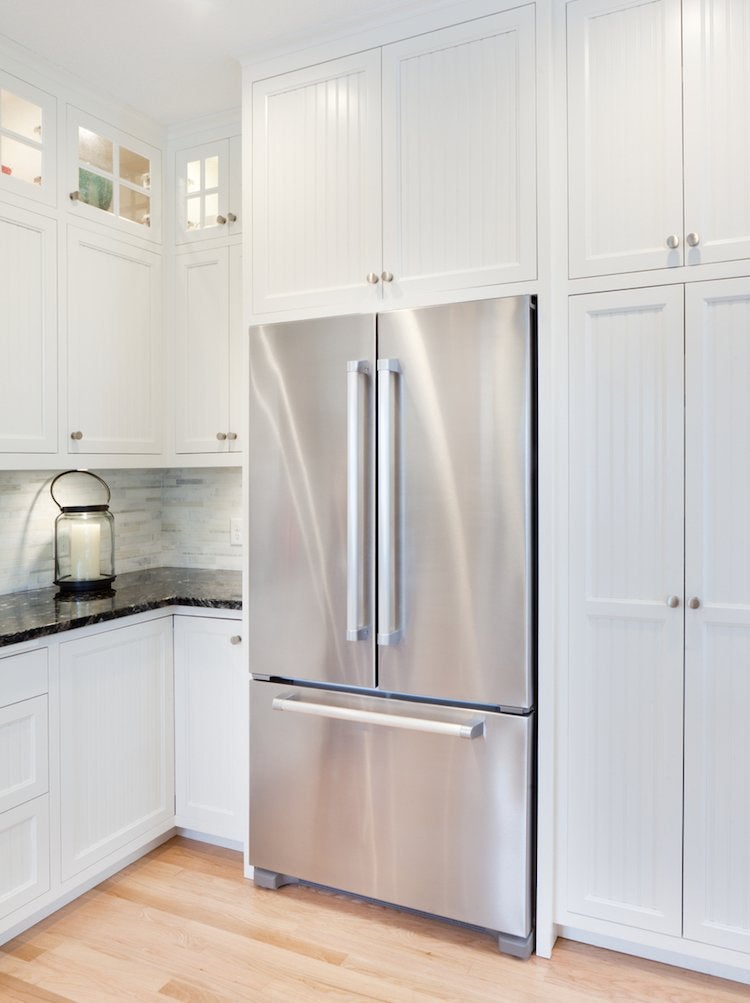
Older refrigerators are real energy hogs: A fridge from the 1970s uses four times the energy of a newer, Energy Star model. Replacing that fridge from the ’70s can save the average homeowner nearly $200 a year, while replacing a unit from the ’80s can save about $100 a year.
Cracks in the Foundation
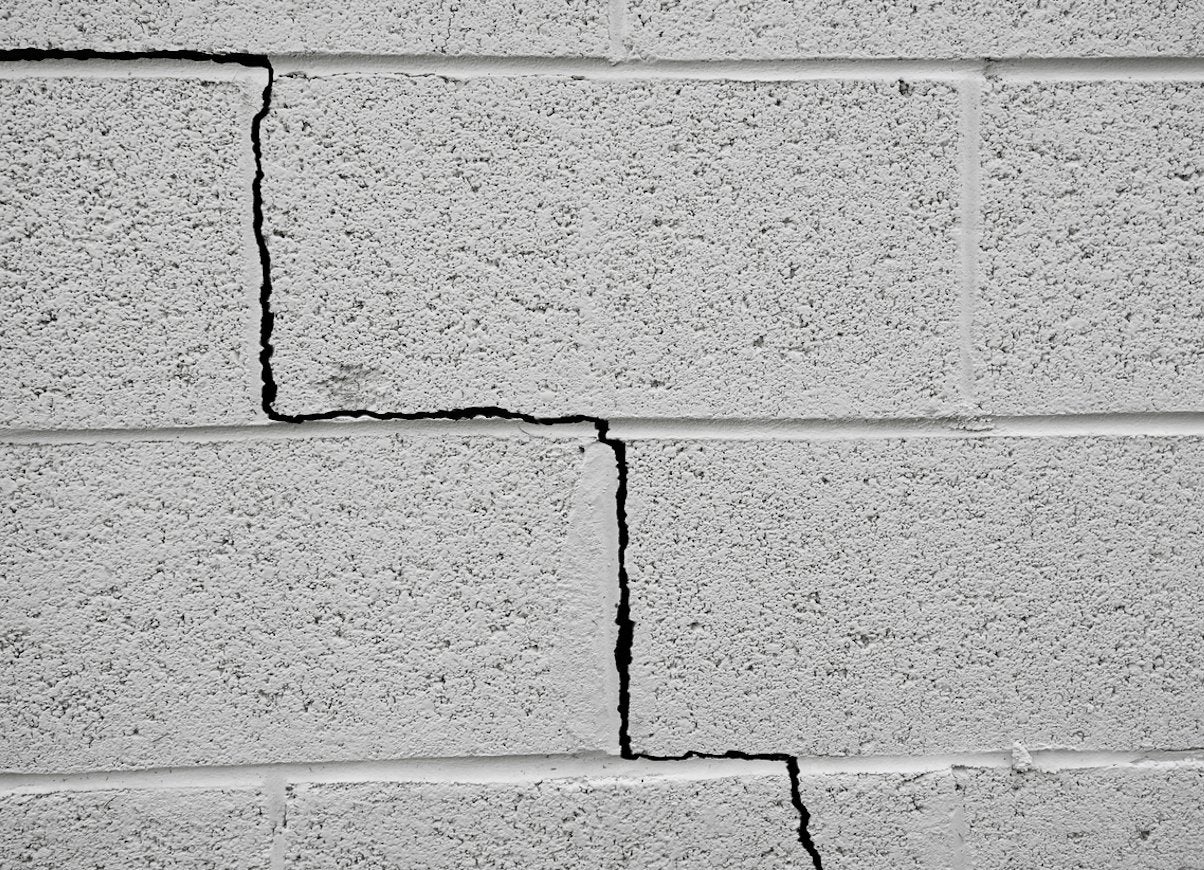
You may not think that your home’s foundation has any impact on your energy use, but small cracks or gaps in the foundation can let a lot of heat or cold escape. Carefully inspect your foundation every year, and repair any cracks. Also, seal gaps around vents or ductwork with caulk or spray foam insulation.
Related: Time’s Up: 9 Things to Repair in Your Home Before It’s Too Late
Wasteful Window Coverings

Improper use of window coverings—curtains, draperies, blinds, and shades—can cost you both energy and money. In the summer, keep window coverings closed on the sunny side of your home to reduce cooling costs; in the winter, let the sun shine in to help heat the house.
Setting the Temp Too High or Low
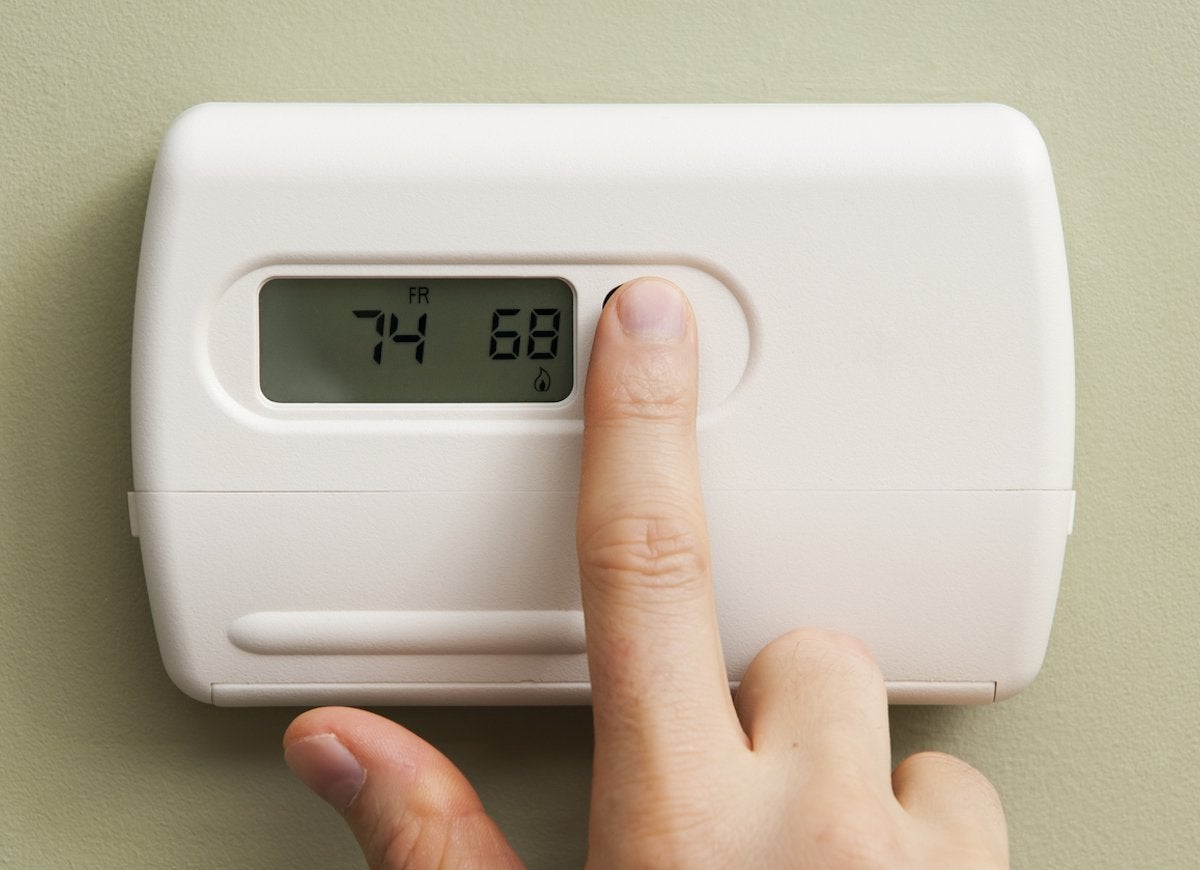
Don’t set the thermostat too low in the summer or too high in the winter. During the summer months, keep it set between 75°F and 78°F; every degree you raise the thermostat can result in a 5 percent savings in cooling costs. In the wintertime, set the thermostat at 68°F during the day and lower it to 60°F at night; for every degree you reduce the temperature below 70°F, you will save about 3 percent on heating costs.
Heating or Cooling an Empty House
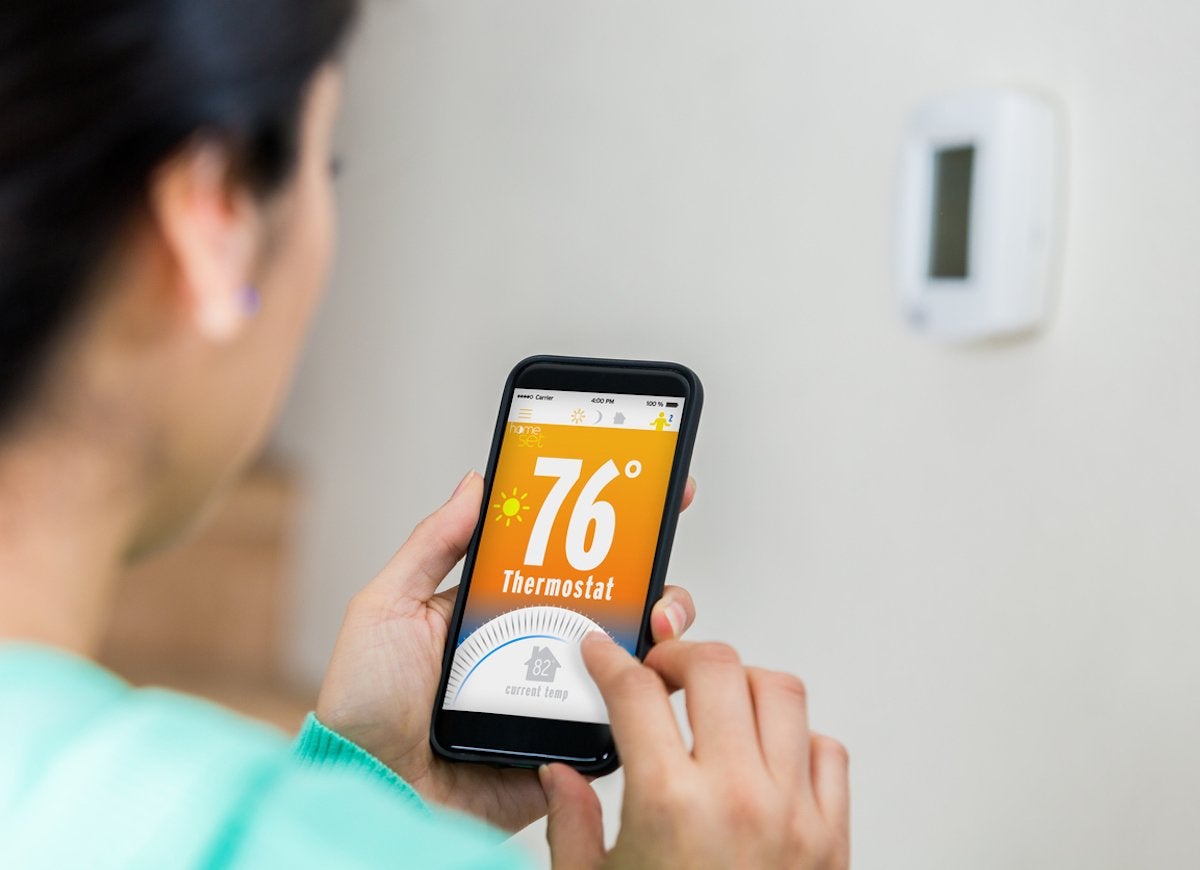
Why pay to cool or heat the house when no one’s there? Instead, use a programmable thermostat. It will keep the house at a comfortable temperature in the mornings or after work, when family members are home, then switch off the air conditioning or lower the heat during the day when everyone’s gone. This can save you hundreds of dollars a year. For maximum convenience, new smart thermostats can be controlled from a mobile phone so you can check to see if you left the HVAC system running, or switch it on or off from anywhere.
Related: 50 Great Gadgets for a Smarter Home
Not Landscaping Strategically
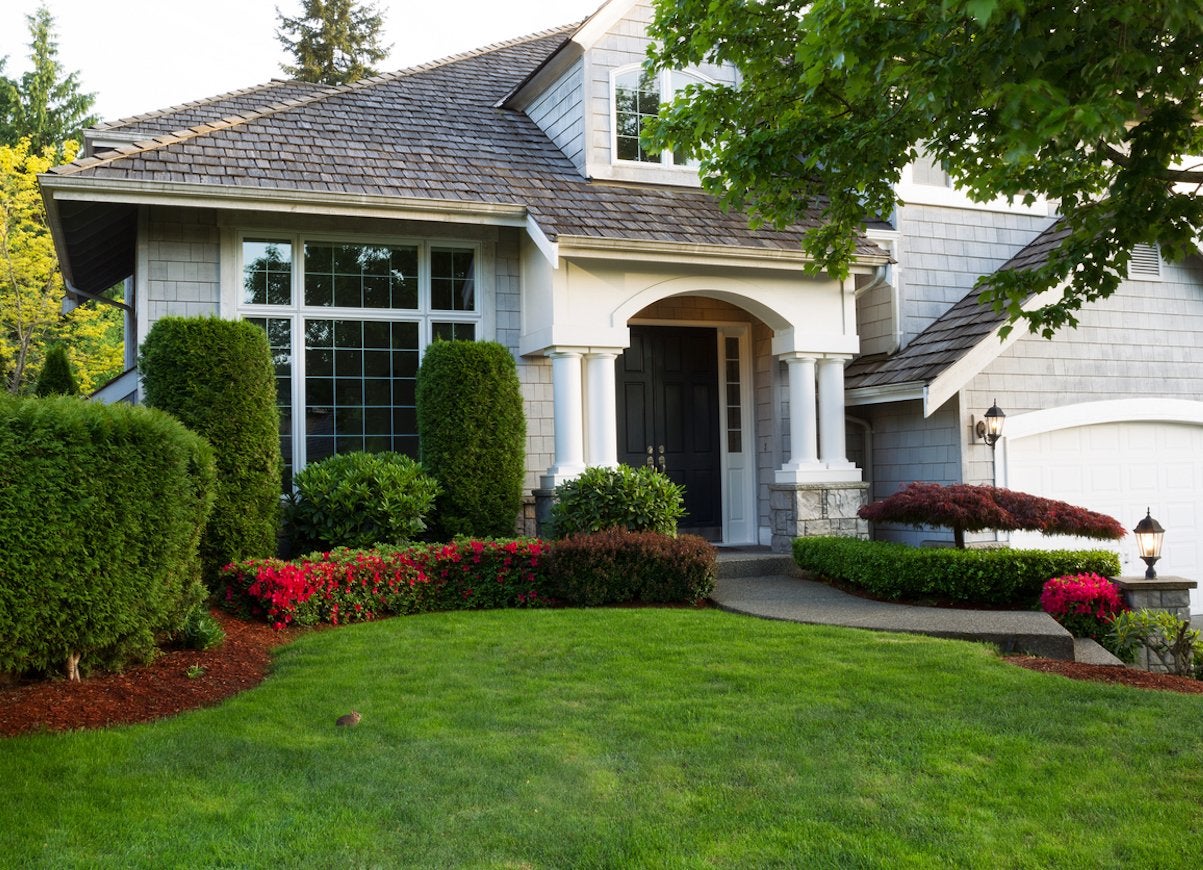
What you do to the exterior of your home can help you save energy indoors. Specifically, strategically planted shade trees can shelter your home from hot rays in the summer, reducing air conditioning costs by 15 to 50 percent. And in the winter, maintaining dense evergreen trees or shrubs on the north side of your home can help block winter winds and cut down on interior drafts, reducing heating bills. For maximum effect, plant deciduous trees—maples, poplars, oaks, locusts—to block solar heat in the summer. When the leaves (and temperatures) start to drop in the fall, the bare spots will let in warming sunlight.
Leaving the Fireplace Open
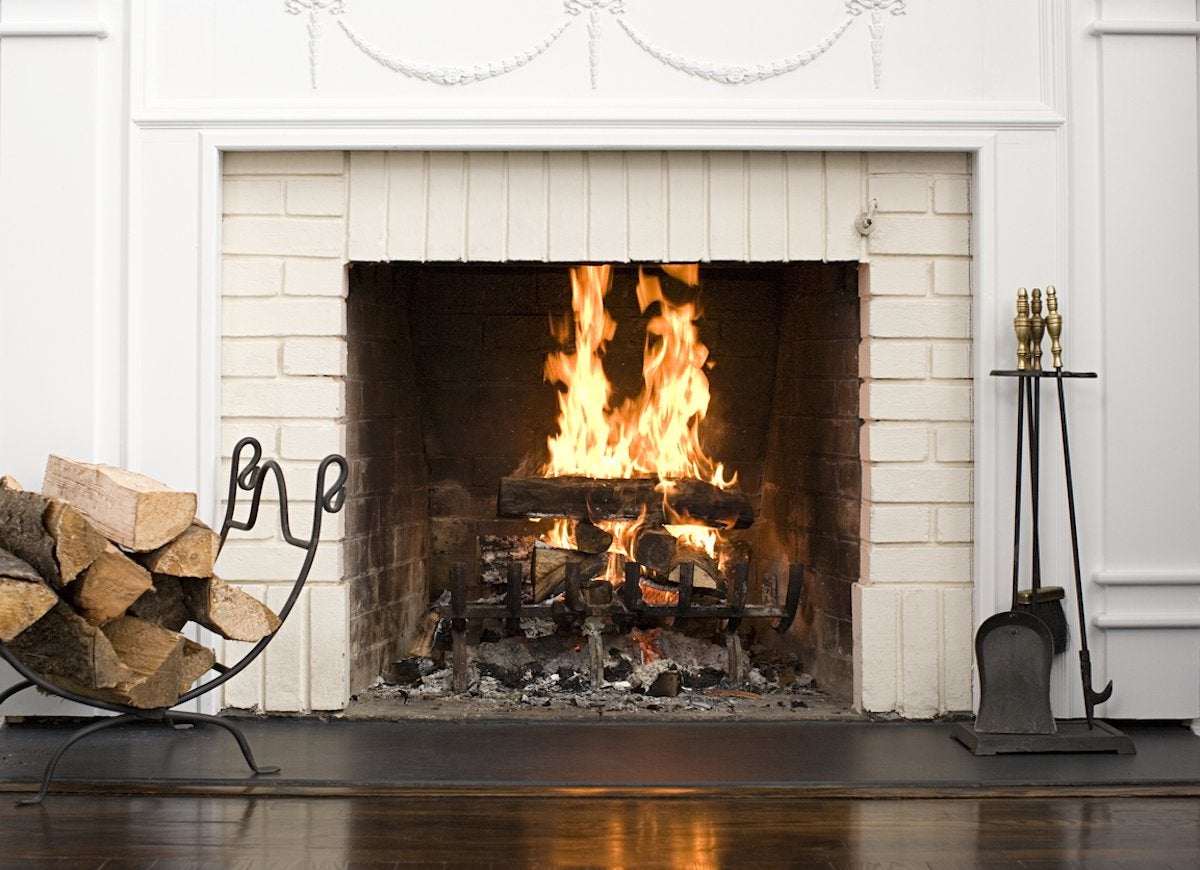
It may seem counterintuitive, but a roaring fire can actually lose more heat than it generates because heated air from inside your home gets sucked right up the chimney. If you do want to use a fireplace, install a glass screen, convection grate, or some other sort of radiant insert to minimize heat loss, and always close the damper when the fireplace is not in use.
Underinflated Tires
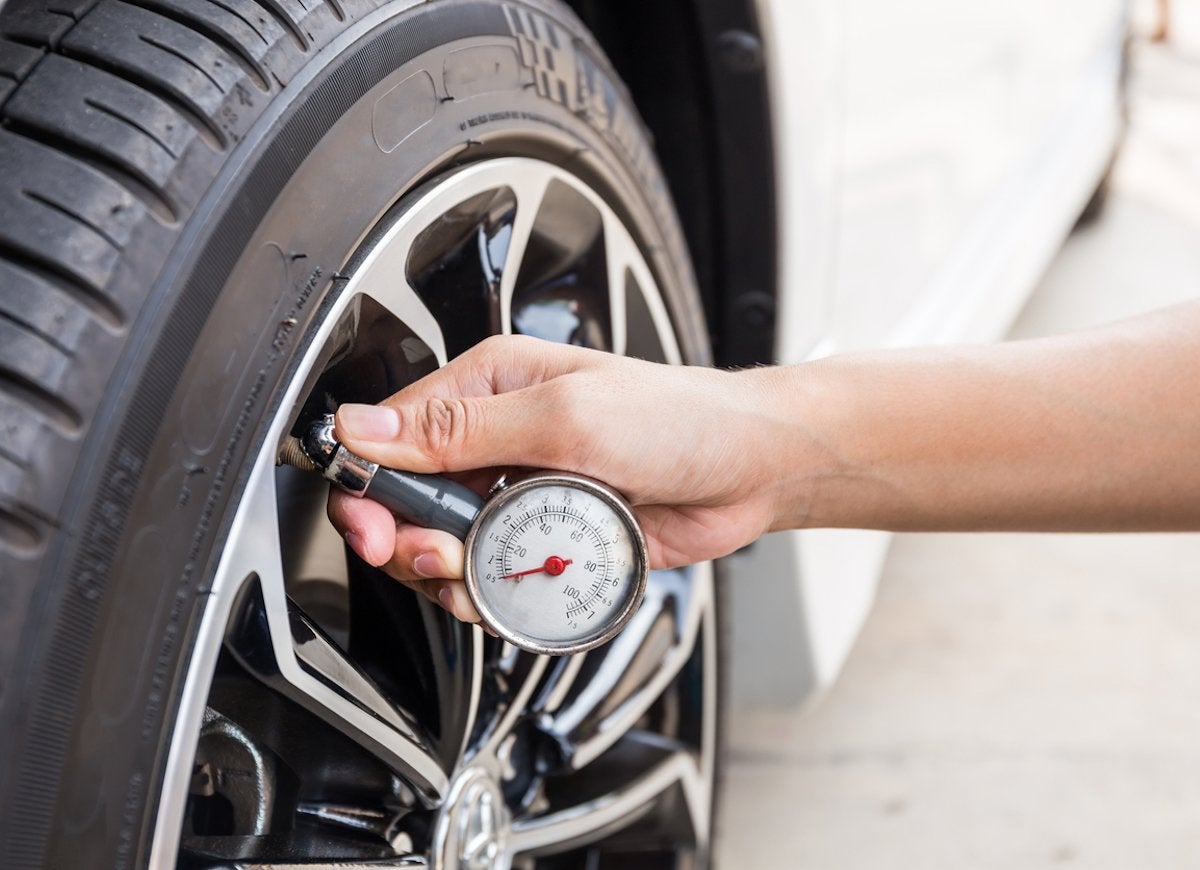
Don’t overlook potential energy savings for your car! Check your tires regularly and make sure that they are inflated to the recommended air pressure. This one simple step can improve your gas mileage by 1 to 3 percent, according to the U.S. Department of Energy’s fuel economy website.
Related: 13 Hacks Every Car Owner Should Know
Driving Too Fast
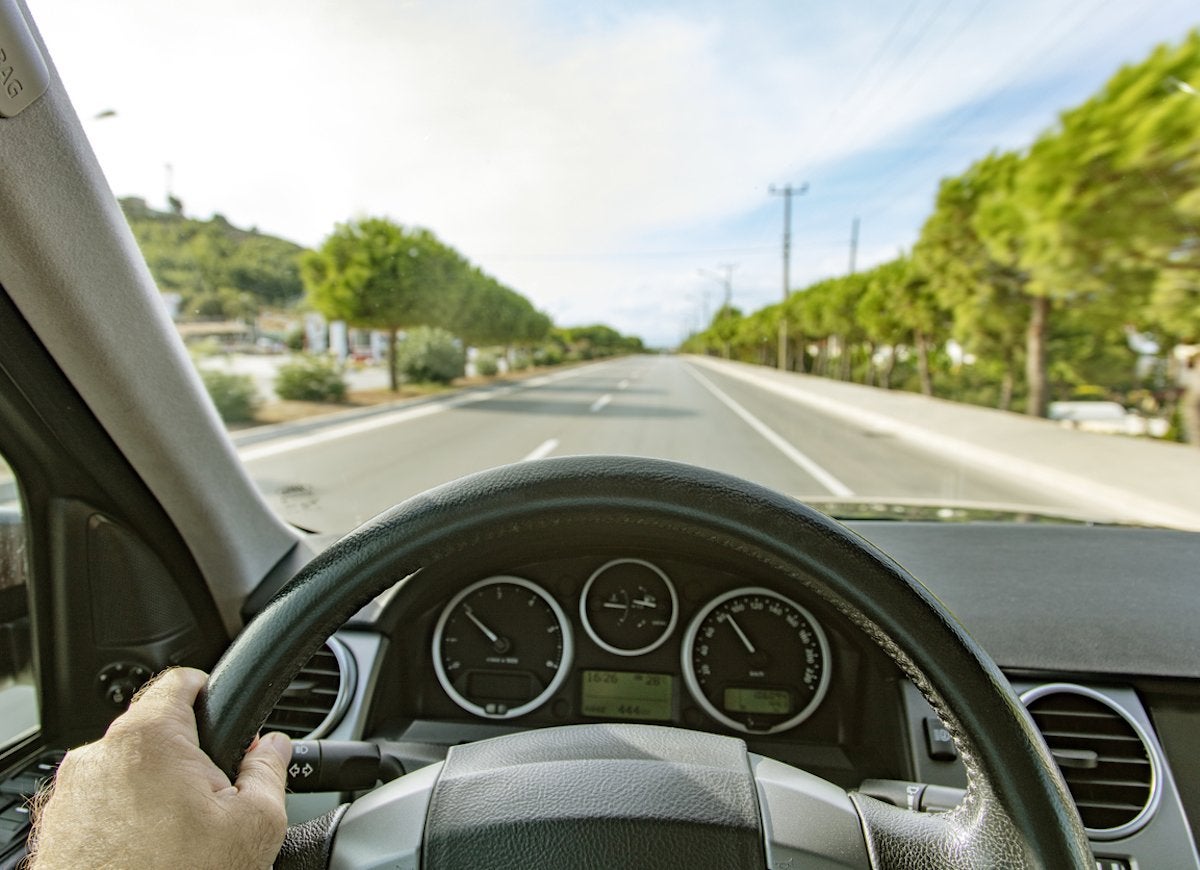
Plain and simple: Driving too fast wastes gas. If you chug along at 55 miles per hour instead of 65 miles per hour, you can improve your gas mileage by about 15 percent, according to the U.S. Department of Energy. Keeping the speed down isn’t enough, though. You should also avoid sudden starts, because up to 50 percent of your car’s energy is used in acceleration, according to automobile industry estimates. Smooth and gradual acceleration saves gas and makes for a more pleasant ride.
Save Energy, Lower Bills
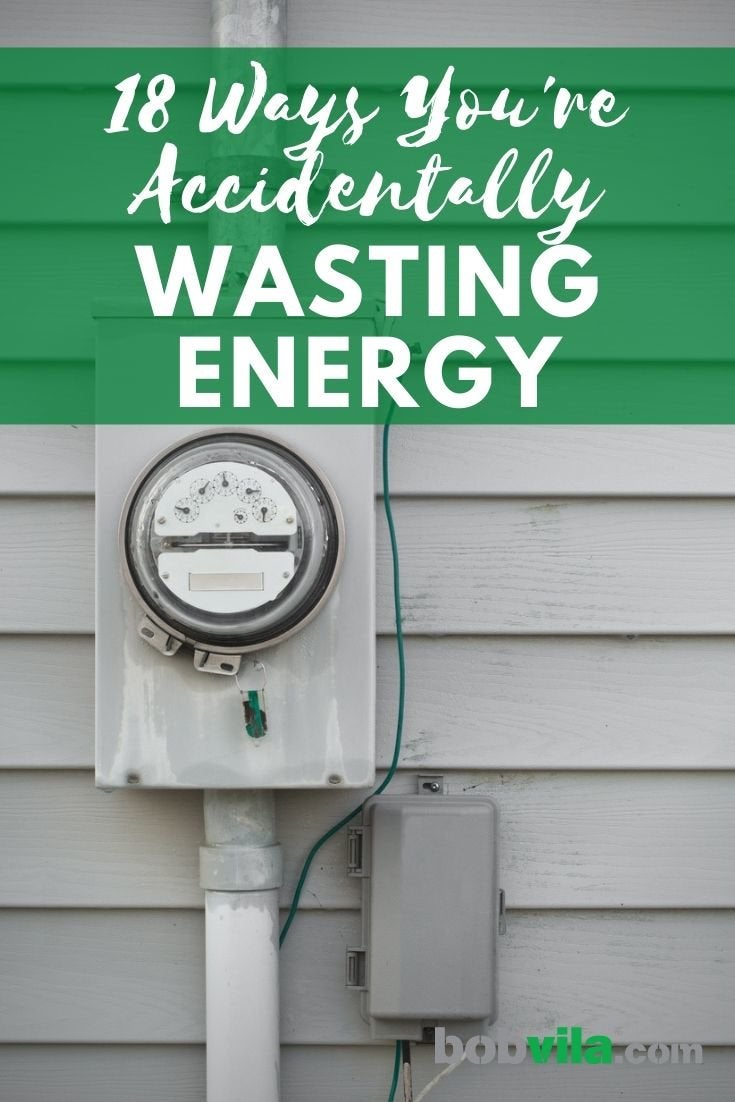
A few adjustments to your lazy habits can lower your energy bills.

